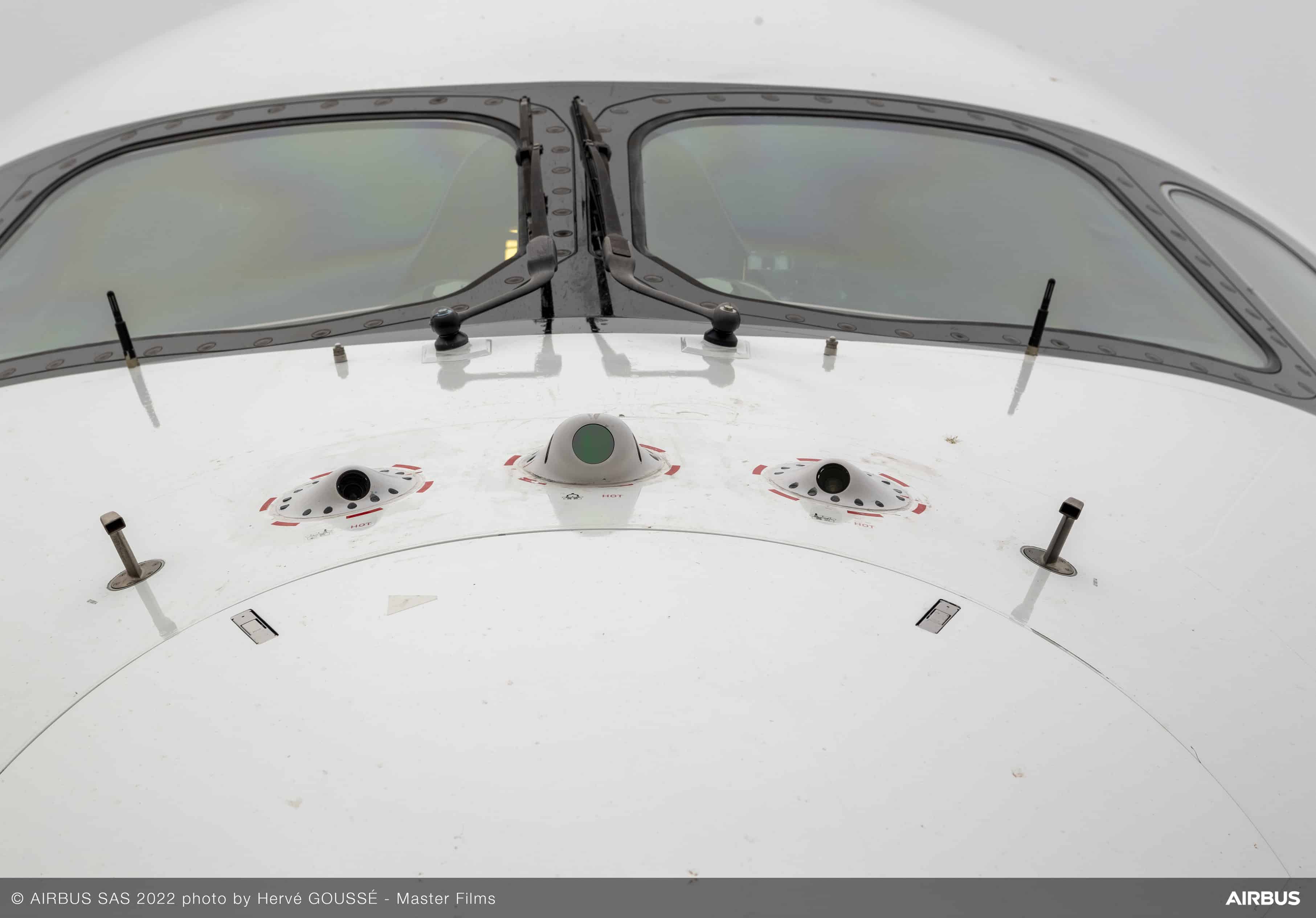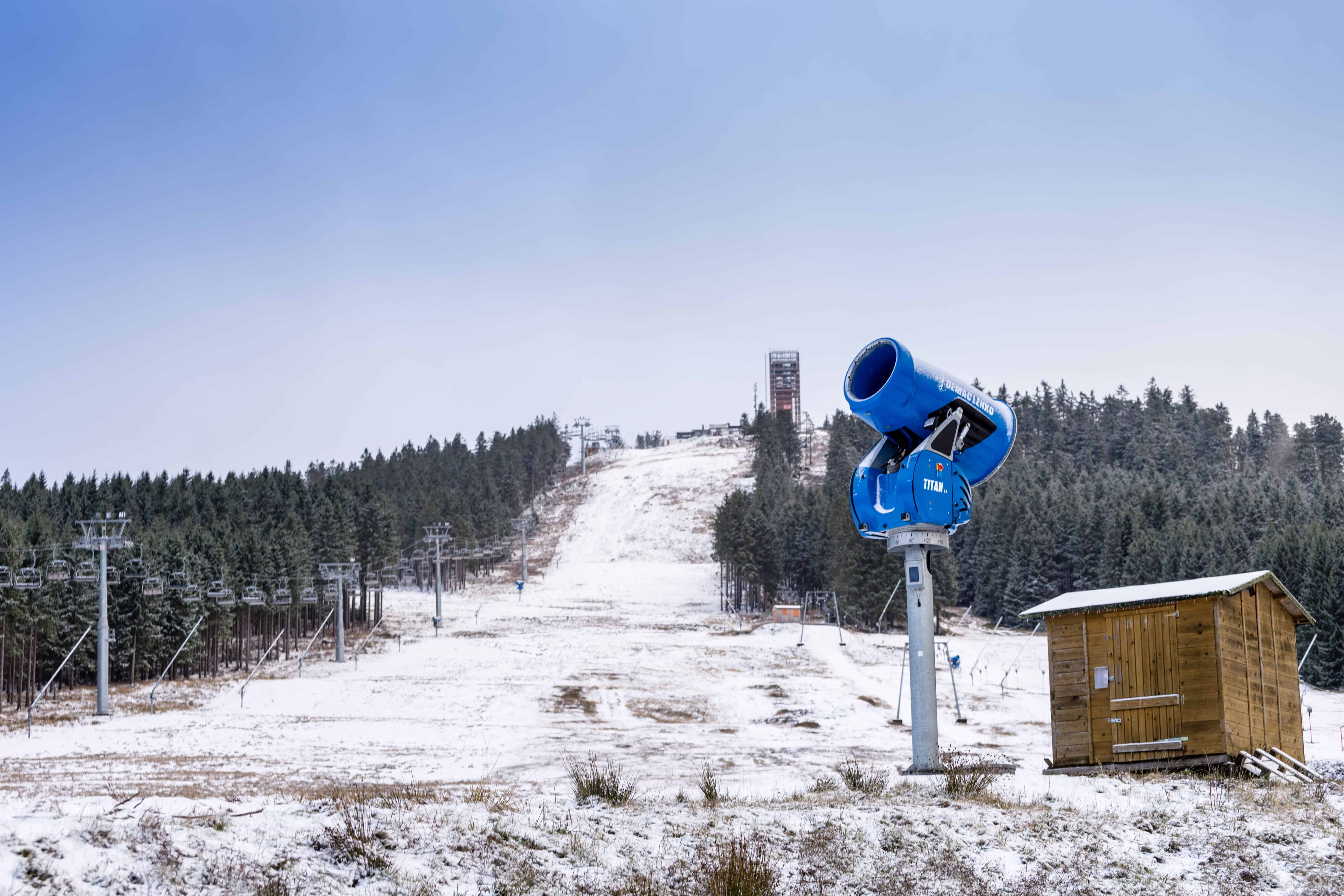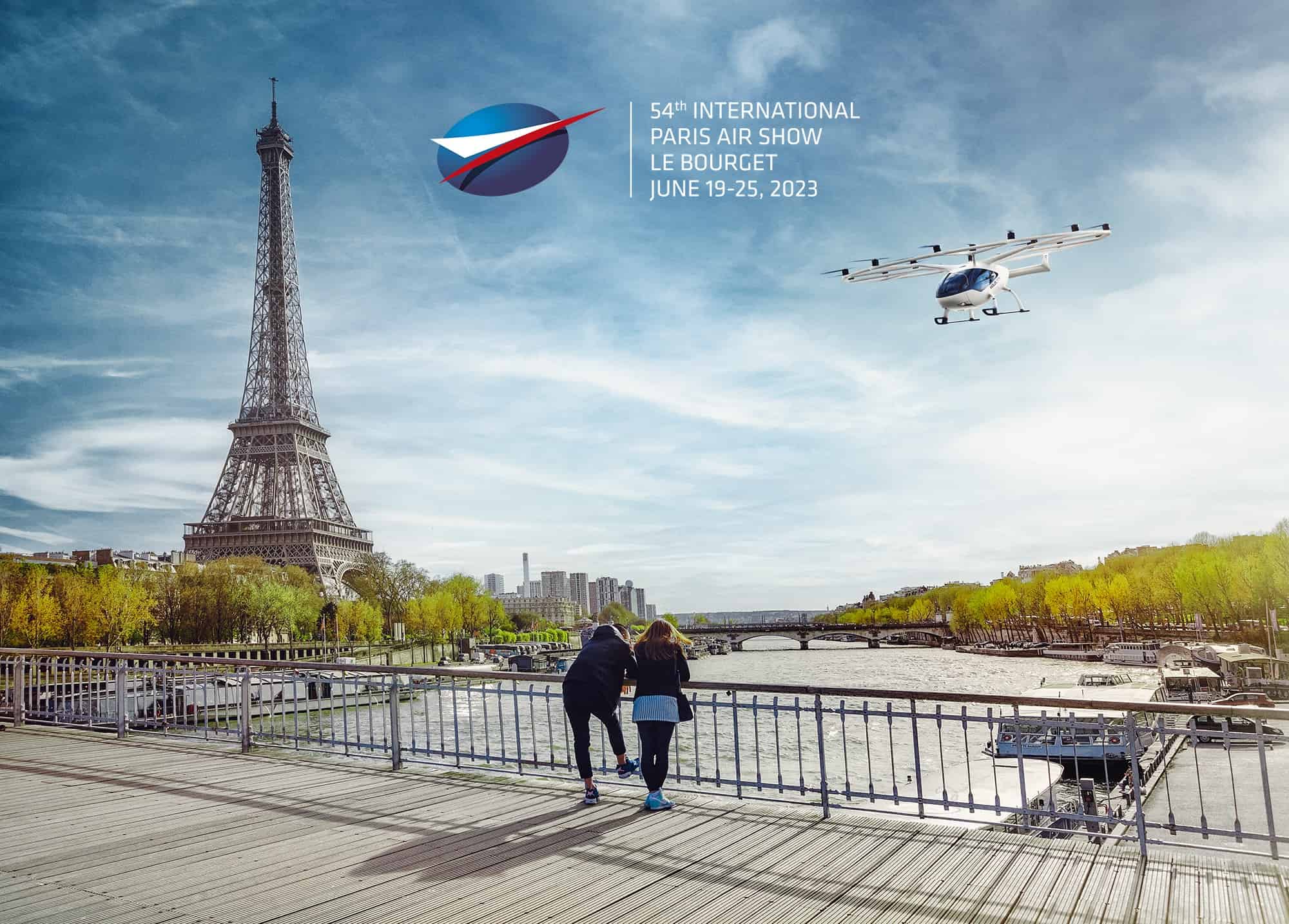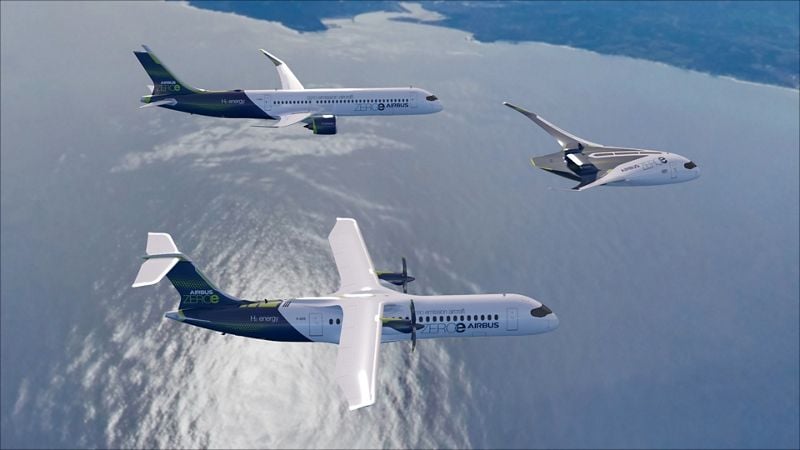
Although the tourism industry is currently in the midst of a deep crisis, inevitably also affecting aircraft manufacturers, Airbus has just presented new concepts for zero-emission aircraft: ‘ZEROe’. To do this, engineers want to explore a diverse range of technologies and aerodynamic configurations. The company’s goal is to put the first zero-emission commercial aircraft into service by 2035. And thereby “take a pioneering role in the decarbonization of the entire aviation industry.”
All concepts have one thing in common: Hydrogen as a primary energy source. According to Airbus CEO, Guillaume Faury, it is very promising as a type of clean aircraft fuel. It could be a solution not just for the aerospace industry. But also for many other industries in helping them meet their climate targets.
“This is a historic moment for the commercial aviation sector as a whole and we intend to play a leading role in the most important transition this industry has ever seen. The concepts we unveil today offer the world a glimpse of our ambition to drive a bold vision for the future of zero-emission flight”, Guillaume Faury stated during the presentation. “I strongly believe that the use of hydrogen – both in synthetic fuels and as a primary power source for commercial aircraft – has the potential to significantly reduce aviation’s climate impact.”
Three concepts
Concept number one involves a turbofan design for 120-200 passengers. It has a range of more than 2,000 nautical miles (approx. 3,700 km). This machine would be used for transcontinental flights. It is powered by a modified gas turbine engine, which is propelled by hydrogen combustion instead of jet fuel. The liquid hydrogen is stored and distributed via tanks located behind the rear pressure bulkhead.

Concept number two features a turboprop design for up to 100 passengers. In this case, the engine is a turboprop engine instead of a turbofan. This engine is also powered by hydrogen combustion inside modified gas turbine engines. The range is just over 1,000 nautical miles (approx. 1,850 km), making the aircraft a perfect option for short-haul flights.
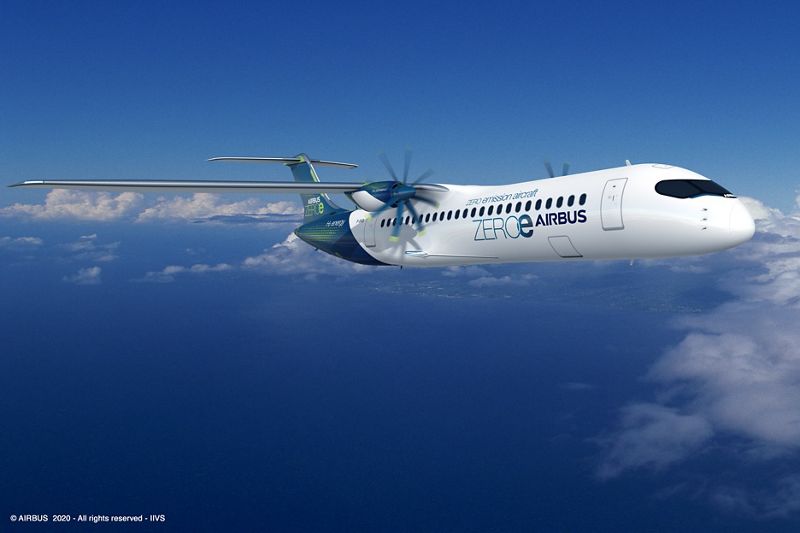
Last but not least, the wings merge with the main body of the aircraft in a ‘blended wing-body‘ concept for up to 200 passengers. The range is comparable to that of the turbofan concept. Here, the extraordinarily wide fuselage opens up numerous options for hydrogen storage and distribution. For the cabin layout as well.

New infrastructure at airports
“These concepts will help us explore and mature the design and layout of the world’s first climate-neutral, zero-emission commercial aircraft. Which we aim to put into service by 2035,” Guillaume Faury went on to say. “The transition to hydrogen as the primary power source for these concept planes will require decisive action from the entire aviation ecosystem. Together with the support from government and industrial partners, we can rise up to this challenge to scale-up renewable energy and hydrogen for the sustainable future of the aviation industry.”
However, in order to be able to deploy hydrogen aircraft on a major scale, infrastructure at all the world’s airports must be fundamentally changed. This is needed for the creation of the requisite conditions for hydrogen transportation and hydrogen refueling. Airbus states in their press release: “Support from governments will be key to meet these ambitious objectives. With increased funding for research & technology, digitalization, and mechanisms that encourage the use of sustainable fuels and the renewal of aircraft fleets to allow airlines to retire older, less environmentally friendly aircraft earlier.”



